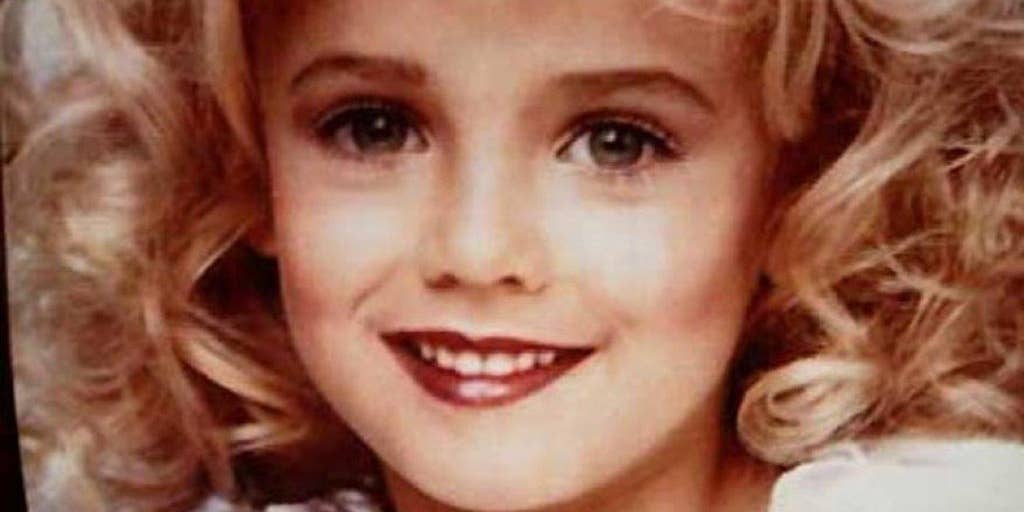
The police arrived at the Ramsey house, along with many of the Ramseys’ friends, who wandered freely around the property. She had found a two-and-a-half-page ransom note demanding $118,000 for her safe return.

Her daughter had been taken from their home in the middle of the night, she said. The few undisputed facts are as follows: just before 6am on 26 December, Patsy called the Boulder police department from her home. After all, doubters say, how could John and Patsy have known that their daughter died on Christmas Day if they didn’t find her body until the early afternoon of the 26th? Surely the gravestone is evidence of their guilt that so many have long assumed, despite them being exonerated in 2008 by DNA evidence? Yet even this is seen as a lot less stable than its material suggests. There, the date of death is literally carved in stone: 25 December 1996. There is now not one single part of this sad tale that has not been seized on – by the public, by the police, by JonBenét’s parents, John and Patsy – as proof of a coverup, even down to the child’s gravestone near Atlanta, Georgia, where she was born. Every year, the US media promise “A chilling new discovery” and “Latest twist”, even though the case remains as cold as Christmas in Colorado. It is impossible to overstate how huge this case was – and still is – in the United States. The killer has never been found and, ever since, the case has been picked over by experts, the tabloids and an endless slew of internet obsessives. Twenty years ago, JonBenét Ramsey, a six-year-old girl known for ever to the world by the uncomfortably adult poses she struck in her beauty pageant photos, was found bludgeoned and garrotted in her family’s basement in Boulder, Colorado.

S uch is the level of suspicion in this story that even the date of death is deemed proof of a conspiracy.


 0 kommentar(er)
0 kommentar(er)
